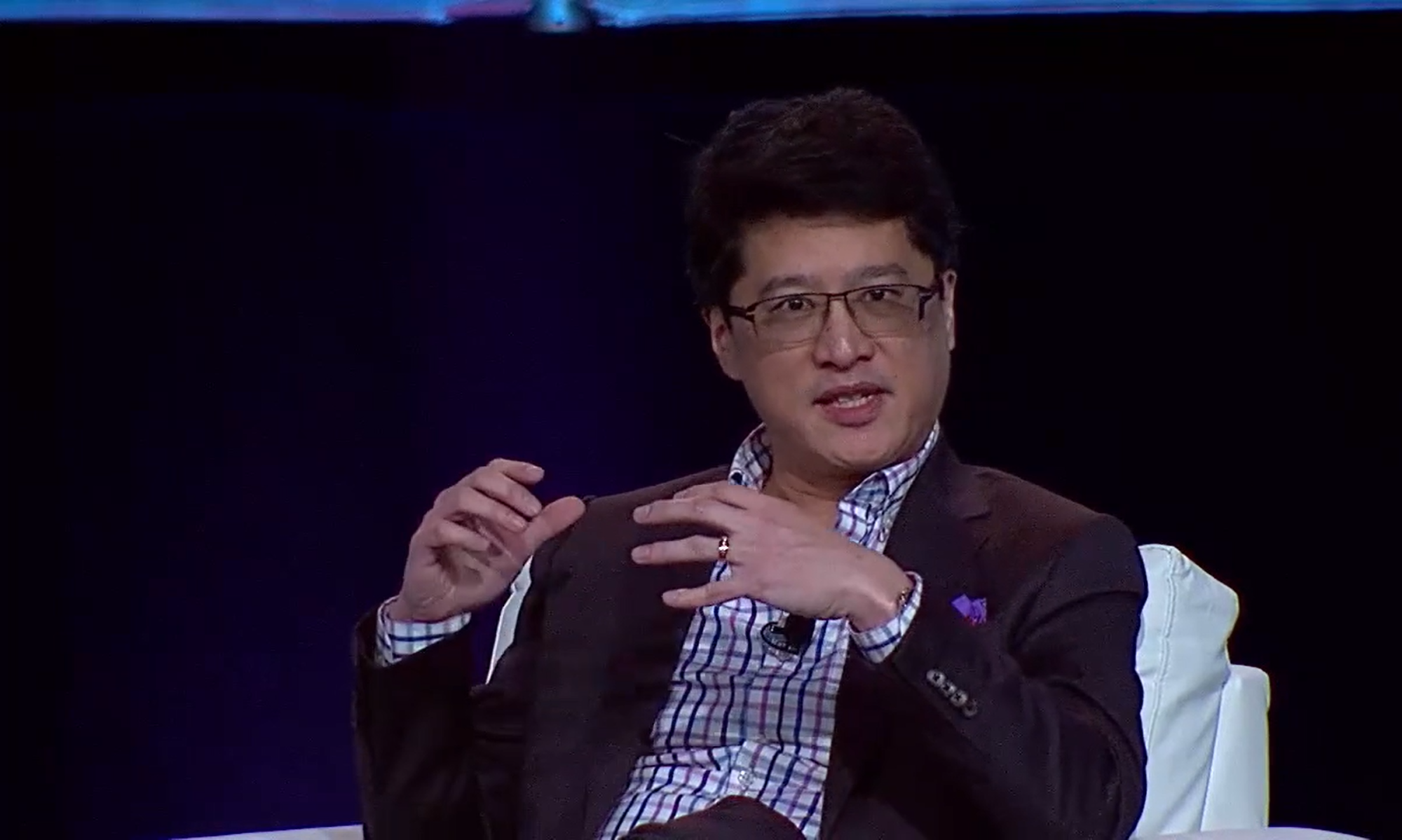
A student recently asked me whether design thinking was different from behavioral economics thinking. In a nutshell, I believe the disciplines complement one another and should not be viewed as separate islands. That said, insights from behavioral economics and psychology can help us to become more thoughtful designers of products, customer experiences, etc.
One important behavioral area to consider is the role of memory in judgment and decision-making processes. Last week at Cornell Tech I facilitated a brief discussion of a new startup that was trying to address the issue of helping people to have perfect memory (as opposed to ever forgetting things). To what extent is this the perfect idea? What are some considerations from behavioral science?
To help feed that discussion, I relayed some results from a study by Eric Johnson and colleagues that provides substantiation for one theoretical role of memory in the decision-making process. Their study was conducted in the context of people valuing a commodity item, a coffee mug. In the classic example of the “endowment effect”, which is that people value things more when they possess an item (e.g., are given or endowed with a mug), people endowed with a mug, valued mugs at $6.01. People who were not endowed with a mug, valued mugs less at $3.72.
However, things got more interesting when the researchers manipulated the natural, unguided memory retrieval process. They manipulated the process by reversing the order in which people thought about things. Before having people value the mug, they essentially asked sellers to think about negative aspects of the mug, and they asked buyers to think about positive aspects of the mug. The endowment effect essentially vanished with sellers now valuing the mug at $5.05 and buyers valuing the mug at $4.91.
So memory retrieval order matters. If we go back to the startup example, and we have artificial intelligence (AI) based products remembering stuff so that we can make decisions, how should designers determine what to present to us first, knowing that presentation order may influence our decisions? Could presenting too many memories cause decision paralysis? If one is to pursue a product like the one described, the design choices are not trivial.
The bottom line is that hopefully we can improve our design reasoning by remembering to factor in insights from behavioral science.
Reference: Johnson, E.J., Häubl, G. and Keinan, A., 2007. Aspects of endowment: a query theory of value construction. Journal of experimental psychology: Learning, memory, and cognition, 33(3), p.461.
